
Best of Yokohama: The Legendary Port City of Kanto
Because of Yokohama’s history as an international port city, this bayside jewel has much to offer to locals and tourists in terms of entertainment, events, and food.

Because of Yokohama’s history as an international port city, this bayside jewel has much to offer to locals and tourists in terms of entertainment, events, and food.

Furoshiki wrapping is a piece of decorative fabric that is essential to gift-giving in Japanese culture. Let’s take a closer look at furoshiki, its history, and how we can use it in our daily lives.
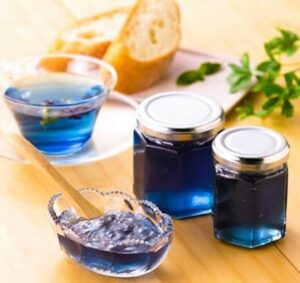
Even though there’s no apple tree with blue fruit, there is gorgeous blue apple jam from rustic Aomori Prefecture! A combination of Japanese apples and Thai flowers, this jam is both trendy and holistic.
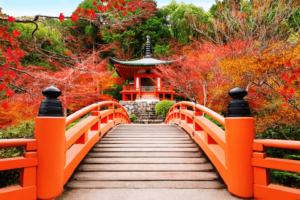
Koyo (紅葉) is Japanese for red leaves and denotes the autumn-viewing season. Many Japanese people take this time to admire the changing leaves.

Every year, in Kyoto, they celebrate tsukimi. Though Kyoto is very much a modern place, it has retained a great amount of its pastoral charm.
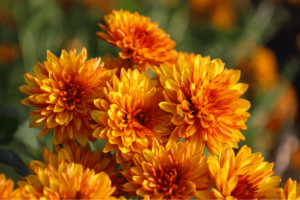
Japanese autumn flowers pair well with the kōyō (colorful leaves). Many traditional Japanese poems center some of these flowers in their work, and they are loved to this day.

Okinawa Prefecture is a subtropical archipelago around 400 miles (644 km) from mainland Japan. But what makes it so special?
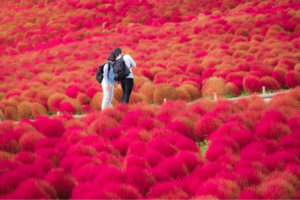
If you ever want to take a break from the hustle and bustle of urban life and enjoy the simple pleasures of Japan, Ibaraki is the place to be.
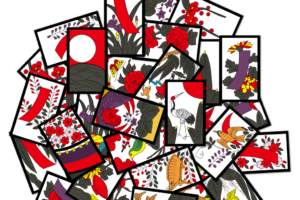
Hanafuda, also known as “flower cards”, are a form of Japanese traditional playing cards. Hanafuda has a rich history dating all the way back to the elegant and storied Heian Era.
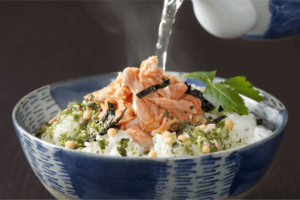
Chazuke–also known as tea rice–is an underrated, yet tasty part of Japanese cuisine. Just add a hot cup of green tea or dashi broth over some cooked rice, and you got yourself a humble Japanese dish that’s good for sprucing up some leftovers.
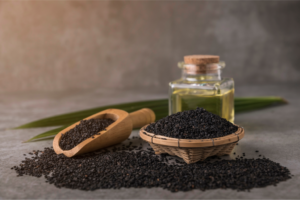
Black sesame seeds (kurogoma) are a delicious staple of Japanese cuisine that are also very popular. It’s an underrated superfood, found in…

While Valentines Day in Japan involves women given chocolates to men, White Day is when men have to return the favor. However, the secret meanings behind these sweets are entirely different! Read on to learn more about the significance of gift-giving on White Day!
Join our newsletter and receive tasty news and deals
Thanks! We just sent you an email to confirm your subscription. To finish signing up, please click the confirmation link in the email.
Error